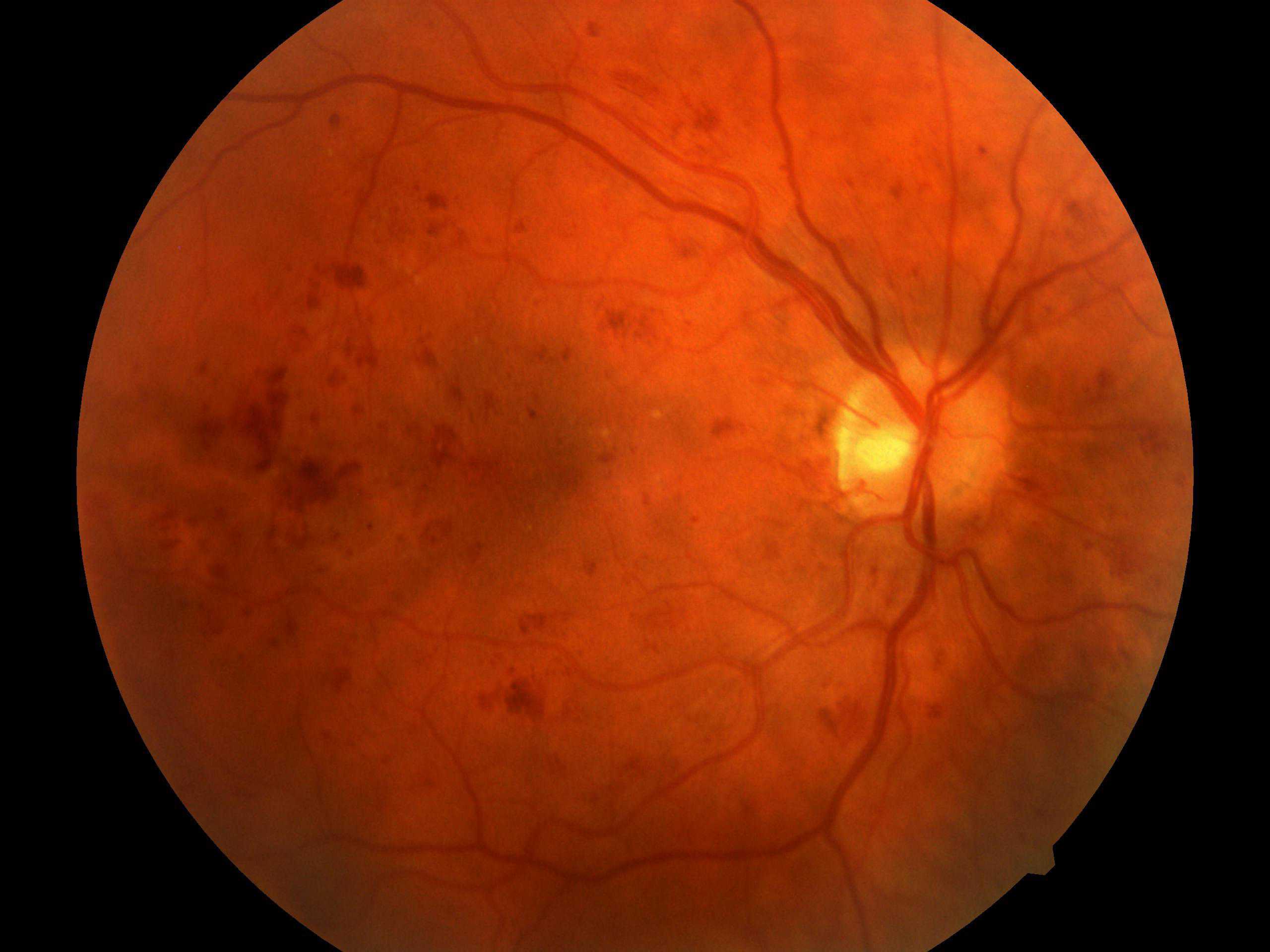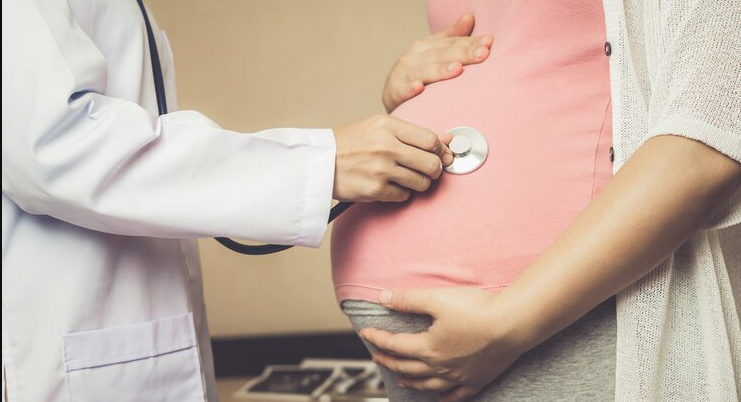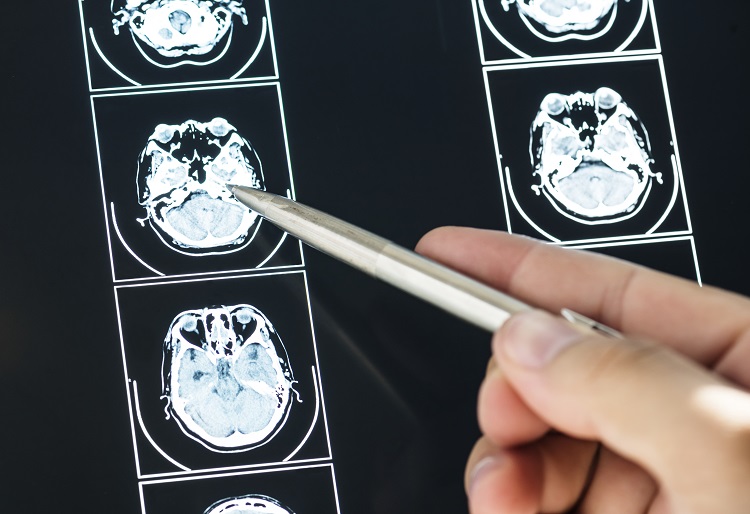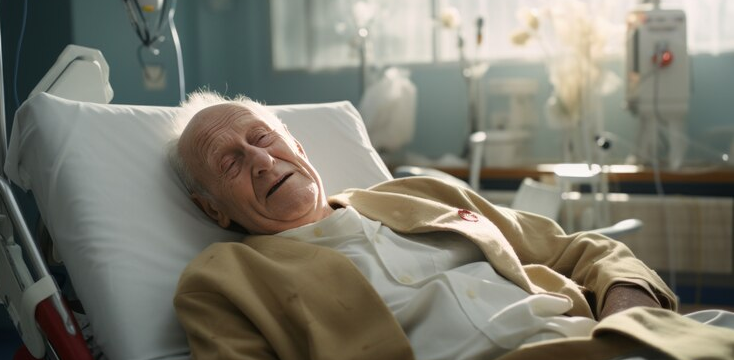Despite some progress having been made regarding the treatment of T-cell acute lymphoblastic leukemia (T-ALL), the prognosis of T-ALL, particularly adult T-ALL, is still poor. Identifying novel, effective anti-T-ALL drugs is of great significance. Anlotinib, an oral tyrosine kinase inhibitor currently utilized in the treatment of lung cancer, exhibited a promising anti-T-ALL effect. A comprehensive study should therefore be conducted to explore both the in vitro as well as in vivo mechanisms of the anti-T-ALL effects of anlotinib.
CCK8 assays and flow cytometry were employed to investigate the viability, cell cycle distribution, and apoptosis of T-ALL cell lines when treated with anlotinib. T-ALL xenograft mouse models were established to examine the in vivo antileukemic effects of anlotinib. Cellular and molecular analysis of T-ALL were conducted to define the underlying mechanisms.
In vitro, anlotinib significantly inhibited the viability, induced G2/M phase arrest and apoptosis in T-ALL cell lines in a concentration-dependent pattern. In vivo, anlotinib also demonstrated a strong anti-tumor effect at doses that are well-tolerated. Interestingly, anlotinib could decrease the protein levels of the intracellular domains of NOTCH1 (ICN1) and c-Myc, two important targets for T-ALL. Mechanistically, anlotinib-induced c-Myc reduction was associated with proteasome-mediated degradation, while the ICN1 reduction was not due to protein degradation or transcriptional repression.
The present study showed that anlotinib may be a promising anti-T-ALL candidate drug, and simultaneous reduction of the protein levels of both ICN1 and c-Myc may contribute to the anti-T-ALL efficacy of anlotinib.
Copyright © 2023. Published by Elsevier Inc.















